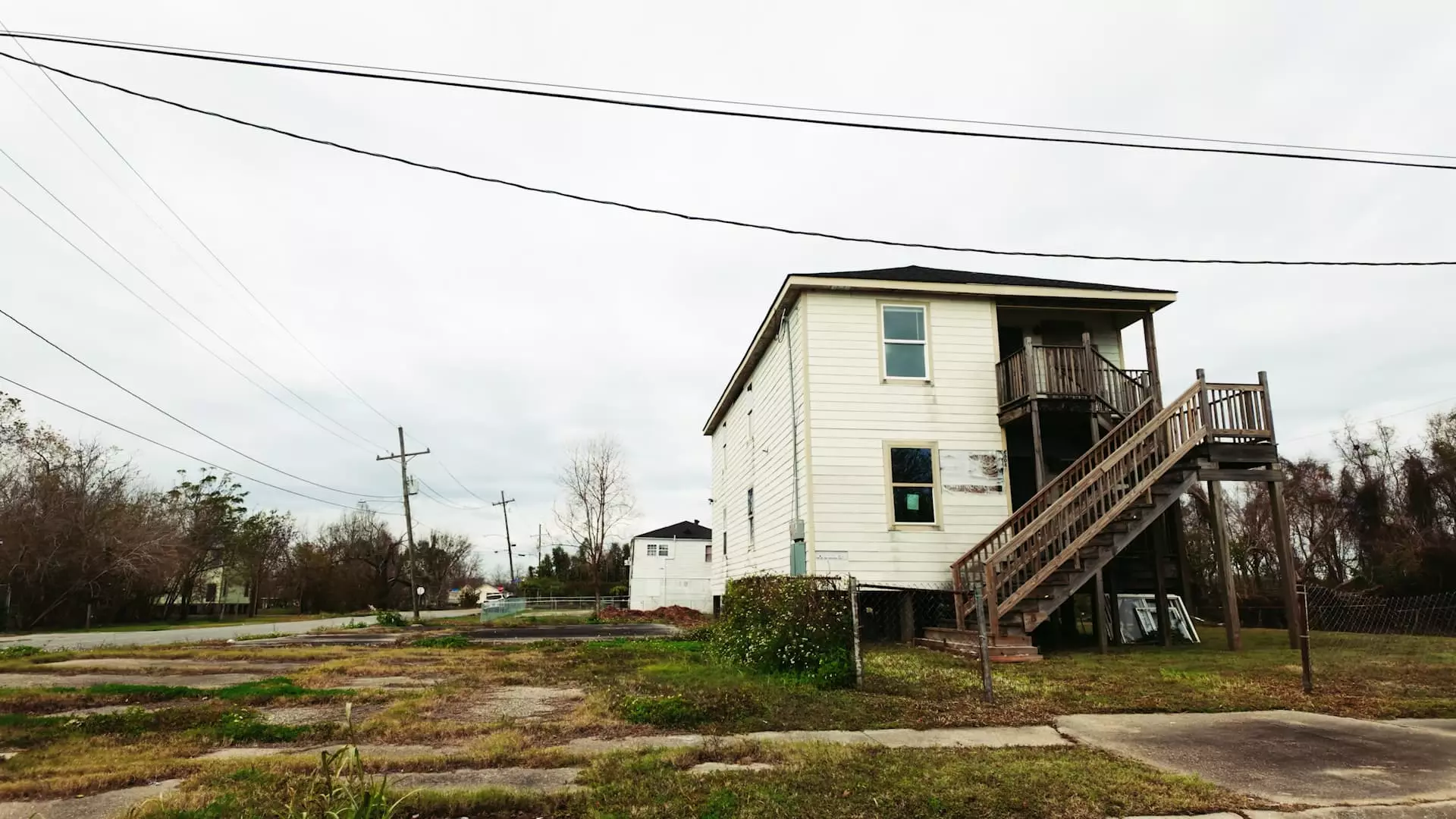New Orleans, a city renowned for its vibrant culture, rich history, and distinct architecture, continues to navigate the long and winding path of recovery from the catastrophic effects of Hurricane Katrina, which struck in August 2005. The storm stands as the costliest hurricane in U.S. history, wreaking havoc that resulted in over 1,800 fatalities, the destruction of hundreds of thousands of homes, and displacing millions. Adjusted for inflation, the total damage inflicted by the storm has reached an alarming $201.3 billion. In the aftermath, the city’s landscape was irrevocably altered, with around 25% of its housing stock left abandoned, creating a poignant reminder of the disaster’s impact.
As NOLA’s residents began to return and rebuild, property values soared to unprecedented levels. Calvin Alexander, a resident of the Lower Ninth Ward—a neighborhood that faced some of the storm’s worst destruction—noted that the value of his property skyrocketed by an astonishing 266% since the storm. His experience is a hallmark of a broader trend, where certain areas, particularly those on higher ground, have witnessed incredible appreciation in property values. The median home prices across the metro area have surged by nearly 71%, outpacing nationwide increases of over 84%.
This upward trajectory in housing prices paints a complex picture of the city’s recovery. As residents return, the demand for housing in desirable areas grows, often leaving those with lower-income backgrounds struggling to reclaim their livelihoods and homes. This conundrum underscores the ongoing challenges that many neighborhoods face, with the majority of the Lower Ninth Ward population still absent, despite the overall rise in property values.
In response to the catastrophic losses, federal and state governments allocated over $9 billion to assist homeowners with rebuilding or relocating under the controversial “Road Home Program.” However, this initiative has drawn criticism for its convoluted structure and its adverse effects on low-income households. Laura Paul, executive director of lowernine.org, highlighted significant flaws in the methodology used in calculating compensation. By relying on pre-storm property values rather than actual damages incurred, many lower-income residents found themselves at a financial disadvantage, limiting their capacity to rebuild their homes and communities.
As a result of these disparities, New Orleans has continued to experience a troubling trend of lower household incomes and elevated poverty rates, exacerbating the difficulties of revitalization in the city. The challenge remains that many neighborhoods still face exposure to extreme weather risks, as insurance rates rise alarmingly in hazard-prone areas, underscoring a growing concern for residents looking to protect their homes.
In response to the catastrophic flooding that devastated the region, considerable investments have been made to enhance drainage systems, levees, and pumping stations within New Orleans. The federal and state governments have pooled approximately $15 billion to construct these critical infrastructures designed to mitigate future storm damage. However, this aggressive push toward fortifying the landscape has its ironic pitfalls, as some engineering solutions may inadvertently contribute to land subsidence—a process by which land sinks due to various factors, including human activities.
Despite these challenges, state officials assert that substantial economic benefits arise from protecting the region. Glenn Ledet, the executive director of the Coastal Protection and Restoration Authority, has noted that for every dollar spent on hurricane protection systems, the state realizes a $7 return on investment. This positive correlation presents a strong argument for continued funding, with projections suggesting that approximately $50 billion will be invested in maintaining and enhancing storm damage reduction systems over the next half-century.
Looking forward, city officials recognize the pressing need for strategic initiatives to bolster community engagement and resilience. Plans to elevate around 4,000 homes are on the horizon, aiming to provide at-risk households with better protection against future storms. The journey of recovery in New Orleans remains an arduous one, filled with obstacles, but the indomitable spirit of its residents shines through as they press onward, uniting to reclaim their city and reshape its future amid the reverberations of a bygone disaster.

